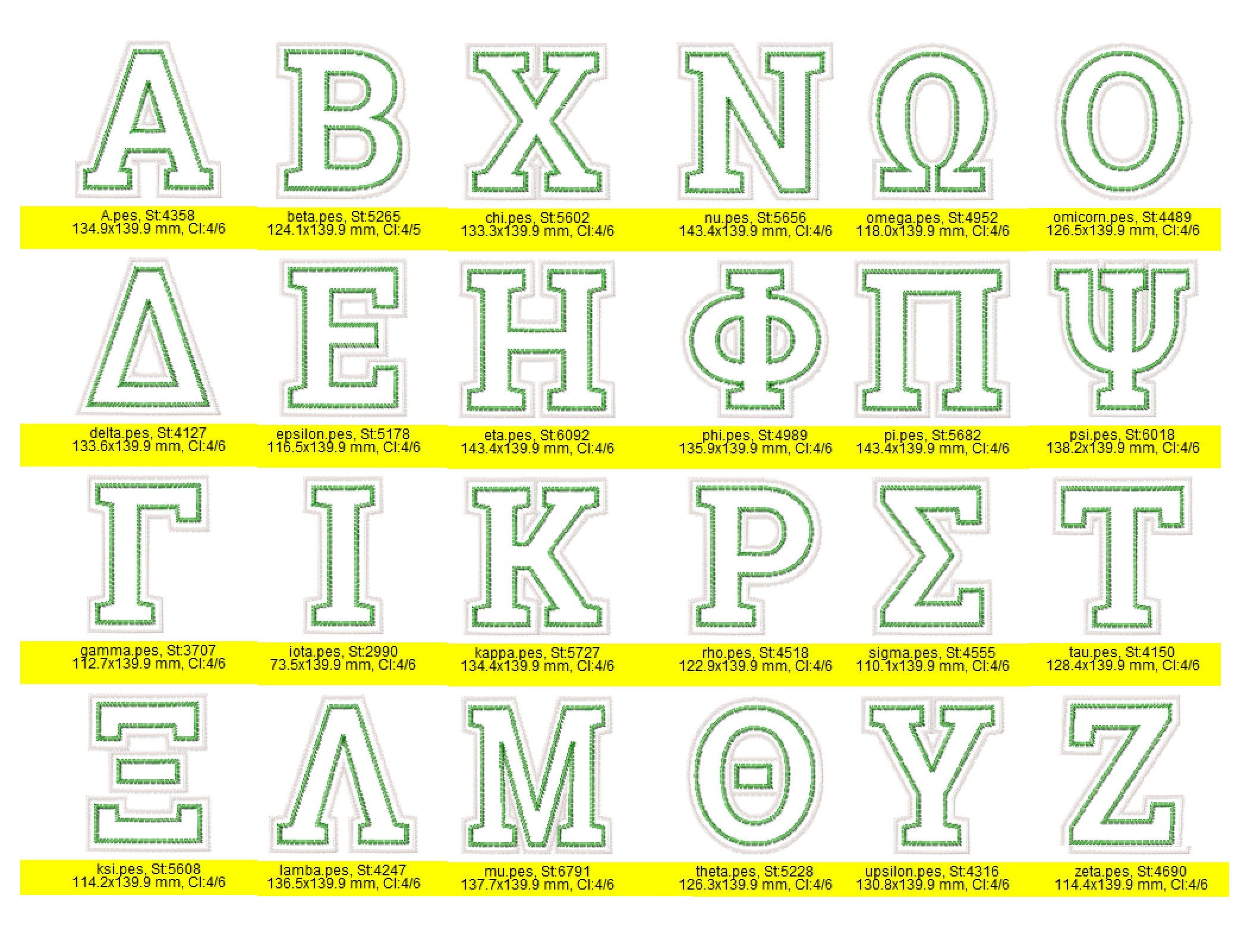

However, at least three of the other most common (and attractive) fonts from the Microsoft packages do support polytonic Greek: Palatino Linotype, Arial Unicode MS, and Lucida Grande.
In the computer-readable encoding behind your document, that alpha really is an alpha, not just an 'a' with a font-shift to either side.Īlthough it is now an obvious choice to use Unicode fonts supporting polytonic Greek and extended Latin, the most popular font is often still Times New Roman, a font which, while it does include modern Greek Unicode codepoints in its range, does not always support the many polytonic accents necessary for writing and displaying ancient Greek (it depends upon the font version). A growing number of text processors can handle Unicode Greek, while old-fashioned one-byte fonts are deprecated and unlikely to be supported by new tools. Greek characters are encoded in exactly the same places in all Unicode fonts, so changing font does not change the value of your Greek letters, as is the case with non-Unicode methods. If you want to change the appearance of your document, say, from serif to sans-serif fonts, you can change the whole document in one go and the Greek will match the look-and-feel of the rest of the text (fonts permitting). If you share your documents (with colleagues, students, a publisher, on the web, etc.) your correspondents will not need a specific font to view your text, as Unicode is a universal standard. 
Rather, you should type all Latin, Greek, Hebrew, Russian, Chinese, etc. Regardless of whether you use Windows, Linux, or Mac, the first answer to this question is that you should not be using a font that replaces Latin letters with the shapes of Greek letters (which typifies fonts created in the 1980s and 1990s). What Greek fonts should I use on my computer?






 0 kommentar(er)
0 kommentar(er)
